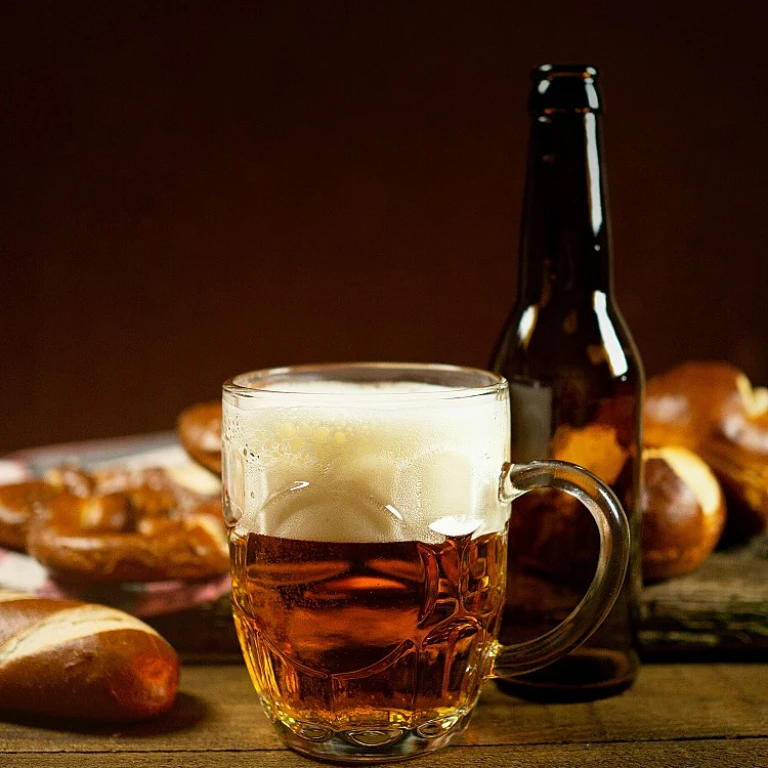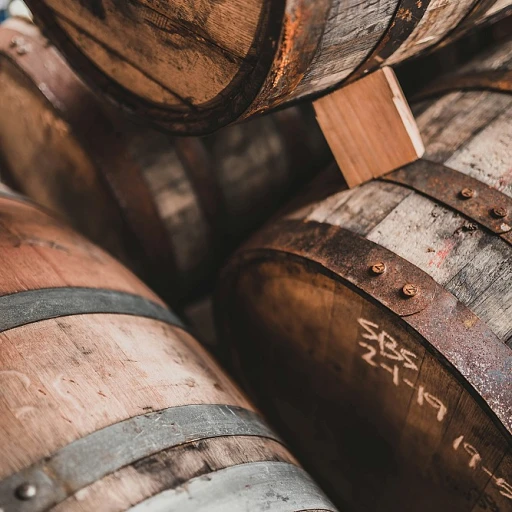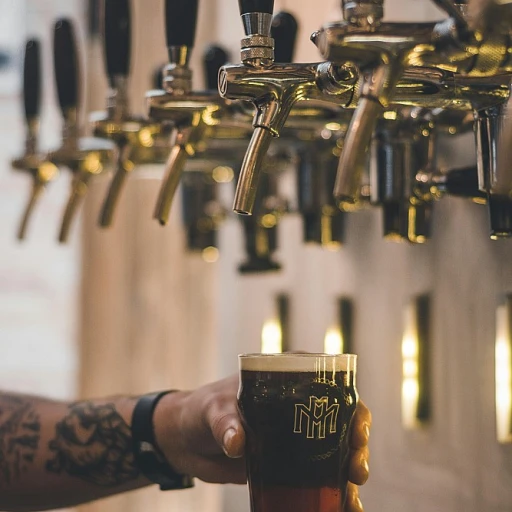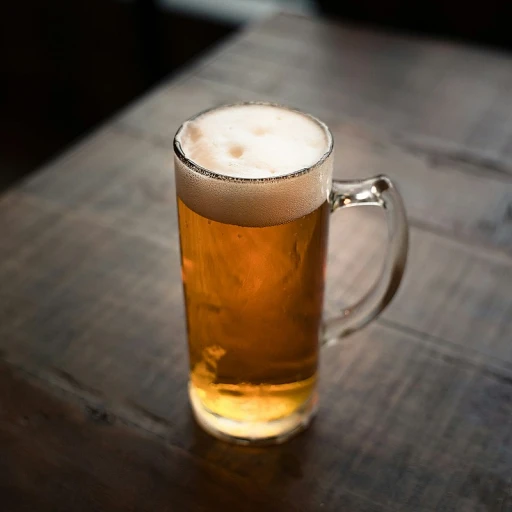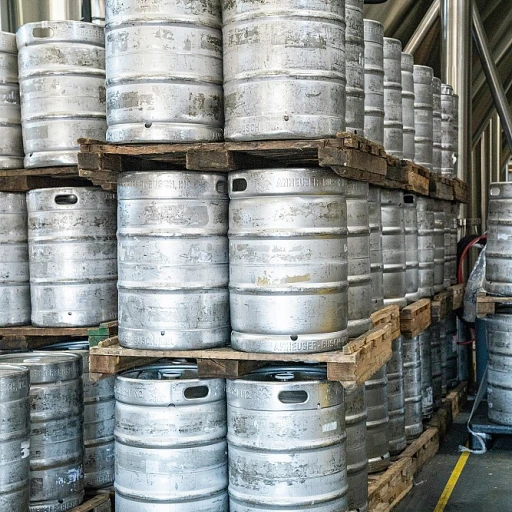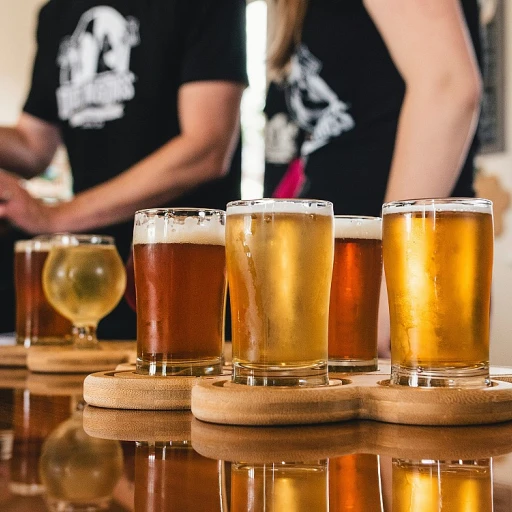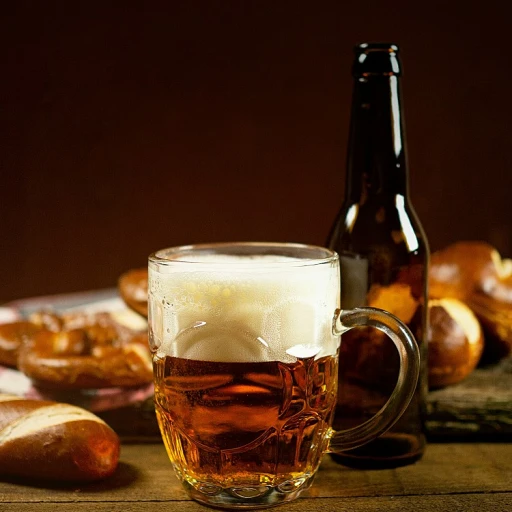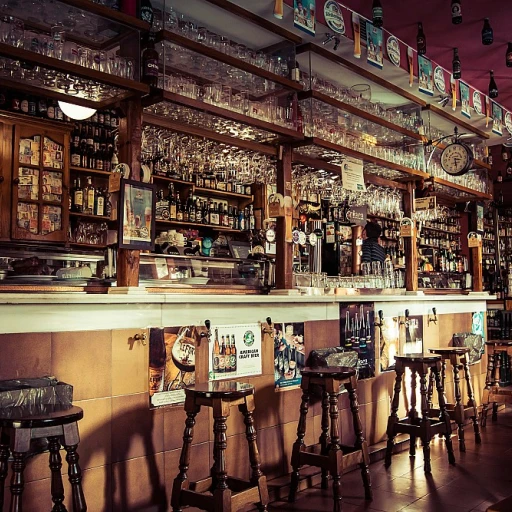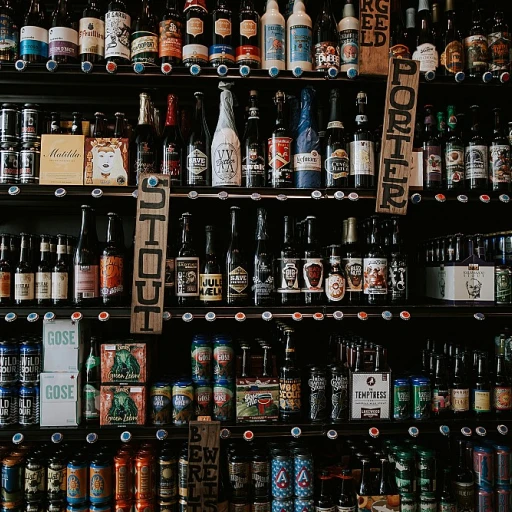
American brewing company roots and community ties
Building local connections through brewing
American brewing companies have long been more than just places to make beer. They often serve as important hubs within their communities, bringing people together and supporting local culture. Many breweries started as small, family-run operations, with recipes and traditions passed down through generations. This deep-rooted connection to their neighborhoods is still visible today, as breweries frequently host events, partner with local businesses, and support charitable causes.
- Many breweries source ingredients from nearby farms, strengthening ties with local agriculture.
- Taprooms often double as gathering spots for music, art, and community celebrations.
- Some breweries even collaborate with local artists for label designs and merchandise.
These community ties influence not only the atmosphere but also the beer itself. The unique flavors and styles you’ll find at American breweries often reflect the tastes and traditions of their regions. If you’re curious about how glassware can enhance your beer experience, check out this guide to goblet beer glasses for more insights.
As you explore the hand-crafted beers and creative menus offered by these breweries, you’ll notice how each one tells a story about its place and people. From the brewing process to the final pour, community is at the heart of American brewing.
Hand crafted beers and the art of brewing
The creative process behind every pint
American brewers are known for their inventive spirit and dedication to quality. Each batch of beer is a result of careful ingredient selection, precise timing, and a willingness to experiment. Whether it’s a classic lager or a bold, hop-forward IPA, the brewing process is both a science and an art. Brewers often collaborate with local farmers for fresh hops and grains, ensuring every pour reflects the region’s unique character.
Signature styles and seasonal offerings
Hand crafted beers in the United States range from time-honored recipes to innovative new flavors. Many breweries rotate their selections throughout the year, offering seasonal releases that showcase ingredients like pumpkin, berries, or even coffee. This variety keeps beer enthusiasts coming back to try what’s new and highlights the creativity of local brewers.
- Small-batch IPAs with unique hop blends
- Rich stouts and porters aged in bourbon barrels
- Refreshing wheat beers with citrus notes
- Experimental sours and fruit-infused ales
For a closer look at how one Boston-based brewery approaches their craft, check out this feature on Miel Brasserie. Their story is a great example of the passion and innovation found in American brewing today.
Breweries, taprooms, and business hours
Where to enjoy your next pint
American breweries are more than just production sites—they are vibrant gathering places. Many are nestled in historic buildings or revitalized neighborhoods, reflecting the deep community roots mentioned earlier. Each location has its own personality, from rustic taprooms with exposed brick to modern spaces filled with natural light and communal tables.
What to expect when you visit
- Taproom atmosphere: Expect a welcoming vibe, often with knowledgeable staff eager to share the story behind each brew.
- Business hours: Most breweries open in the afternoon and stay open into the evening, especially on weekends. Some offer special events like trivia nights or live music.
- Family and pet friendly: Many locations welcome families and even four-legged friends, making them a great spot for everyone.
Planning your brewery visit
Before heading out, check the brewery’s website or social media for updated hours, food options, and any special releases. Some breweries rotate their beer selection frequently, so there’s always something new to try. For those interested in exploring more about the culture and variety of beer, this guide to beer journeys offers a deeper look at what makes each visit unique.
Menu highlights and crafted beers to try
Signature pours and seasonal favorites
- Flagship IPAs: Many American breweries are known for their bold, hop-forward India Pale Ales. These beers often showcase citrus, pine, and tropical fruit notes, making them a must-try for hop lovers.
- Small-batch stouts and porters: Look for rich, roasted flavors with hints of chocolate or coffee. These darker beers are often crafted in limited runs, highlighting the brewer’s creativity and attention to detail.
- Refreshing lagers and pilsners: Crisp and clean, these styles are perfect for those who prefer a lighter, more approachable beer. Many breweries offer their own twist, using local ingredients or unique fermentation techniques.
- Seasonal releases: From pumpkin ales in autumn to fruit-infused sours in summer, breweries frequently rotate their offerings to match the season. Ask your server about what’s fresh on tap.
Pairings and tasting tips
- Food pairings: Many taprooms offer curated menus designed to complement their beers. Try pairing a hoppy IPA with spicy dishes, or a malty amber ale with grilled meats.
- Flights and samplers: Unsure where to start? Order a flight to sample a range of styles. This is a great way to explore the brewery’s range and find your new favorite.
- Ask the staff: Brewery staff are often passionate about their craft and happy to recommend beers based on your preferences or suggest food pairings from the menu.
Limited editions and brewery exclusives
- Keep an eye out for taproom-only releases and collaborations with other local producers. These special brews are often available in small quantities and offer a unique taste of the brewery’s innovation.
- Some breweries also host release events or tasting nights, giving you the chance to sample new creations and meet the brewers behind them.
Contact, service, and privacy policy
Reaching out for your brewery experience
Whether you have questions about the brewery's history, want to know more about their handcrafted beers, or need details on the latest menu highlights, the team is ready to help. Most American breweries offer several ways to get in touch, including phone, email, and contact forms on their websites. Staff are usually knowledgeable and happy to share recommendations or answer questions about the brewing process and beer selection.
Customer service and brewery visits
When planning a visit to a taproom or brewery, it's a good idea to check their business hours and any special events. Many breweries update their schedules seasonally or for local happenings. Friendly staff can provide guidance on tastings, food pairings, and even brewery tours, ensuring a welcoming experience for newcomers and regulars alike.
Your privacy matters
Most breweries and their websites take privacy seriously. When you reach out or sign up for newsletters, your personal information is typically handled with care. Look for a privacy policy link on their website for details on how your data is used and protected. This commitment to privacy helps build trust within the community and ensures a safe, enjoyable experience for all beer enthusiasts.

